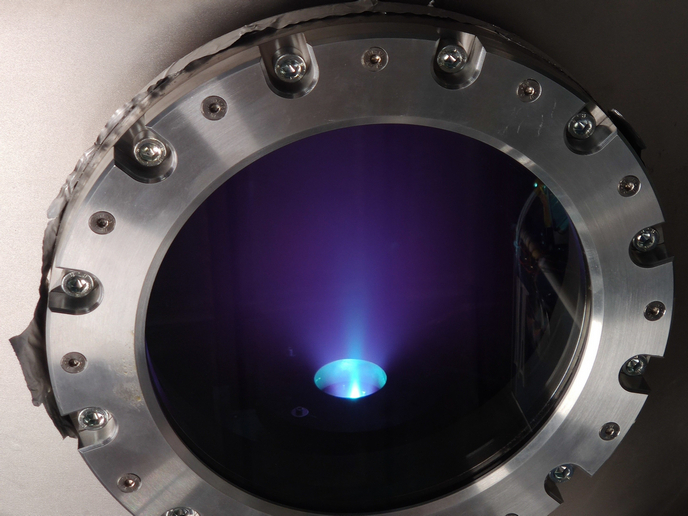Computing power for the next generation of space explorers
A significant amount of computing power is required on board modern exploratory spacecraft in order to carry out precise operations at incredible distances, including planet entry descent and landing manoeuvres; guidance navigation and control as well as high rate data processing in science instruments. A key limitation is the fact that space-grade processors, which are so crucial to the functioning of the spacecraft, are now at the very limits of their capabilities. If mankind is to continue pushing the frontiers of space exploration, then new computing capabilities must be found. The EU-funded APEX project, which was completed in September 2016, has made significant progress in this respect. This was achieved by focussing on ARM processors, which are at the heart of the vast majority of smartphones, tablet computers and embedded devices on Earth. Fine tuning commercial technology ‘Space-qualified computing technology lags several technology generations behind commercial devices, such as ARM processors,’ explains APEX principal investigator Dr Xabier Iturbe from ARM in the UK. In fact, the vast majority of space-grade processors are manufactured using radiation-hardened process technology, which leads to a notable increase in cost, power consumption and a significant reduction in performance. ‘We set out to design a fault-tolerant, energy-efficient and high-performance ARM processor prototype that could be used as an embedded processor in NASA science instrument payloads,’ continues Iturbe. The APEX project began by achieving a better understanding of the computing and fault-tolerance requirements of future NASA space exploration missions, and then adapted a commercial ARM processor that is currently used in terrestrial transportation applications to meet these requirements. The team combined some well-established fault-tolerant techniques at the processor architecture level, such as lock-stepping, and developed novel energy-efficient techniques at the processor micro-architecture level. For instance, the team came up with a ‘high-resilience’ processor mode to execute high-criticality software routines using the least possible amount of micro-architecture components, thus reducing the vulnerabilities of the processor without impacting the performance. The technical feasibility of this approach was demonstrated through a number of simulations, which underlined the high resilience and significant increase in performance delivered by the processor developed in APEX. Namely, it recovers from most faults provoked by radiation within microseconds, and delivers about 1.5 times more computing power than currently existing space-qualified processors. Next step: deployment ‘We expect that the technology developed in this project will enable the ARM eco-system to build radiation tolerant solutions for space and achieve higher levels of safety integrity in terrestrial applications,’ says Iturbe. A number of space agencies like NASA, ESA (European Space Agency) and space equipment manufacturers like Airbus have already shown an interest in using this technology if it becomes commercially available. ‘The effort done in the APEX project for developing fault-tolerant, energy-efficient and high performance computing technology using commercial processors could help improving instrument avionics and increase dramatically the science returns of NASA missions’, states Dr Didier Keymeulen, principal member of technical staff at NASA’s Jet Propulsion Laboratory (JPL) - California Institute of Technology and JPL scientist in charge for APEX. In fact, NASA has recently confirmed the development of an ARM-based high performance spaceflight processor, which will be used in both manned and unmanned spacecraft in the next years. In parallel with this, the ARM University Programme, in collaboration with ESA, is creating a prototypic solution using the APEX technology to enable universities worldwide to build their ‘CubeSats’, miniaturised low-cost satellites for space research that can be put into Earth orbit.
Keywords
APEX, Satellite, ARM, processor, Jupiter, Saturn, space, Venus, radiation, NASA, ESA







